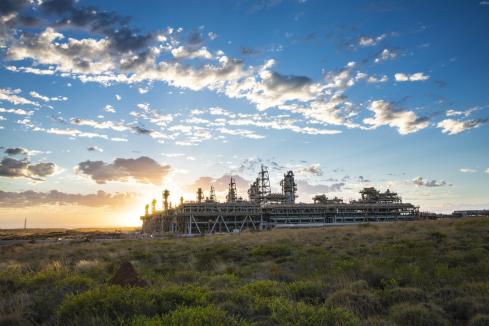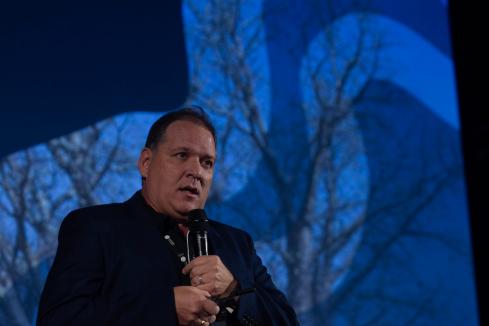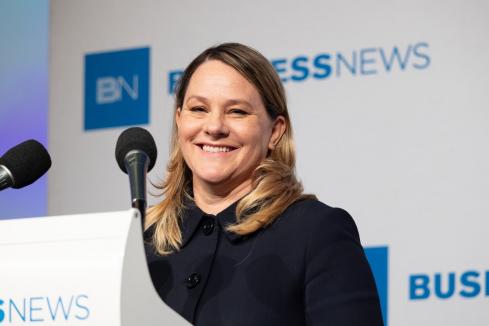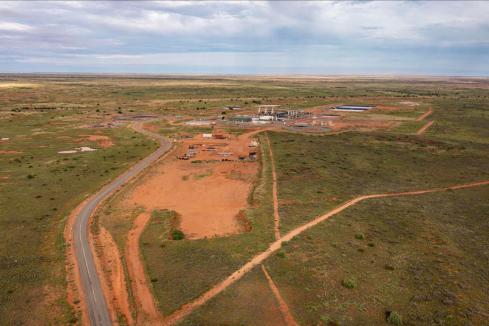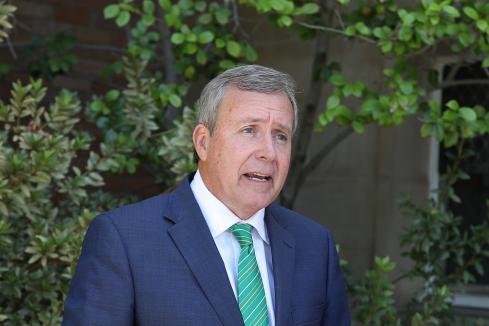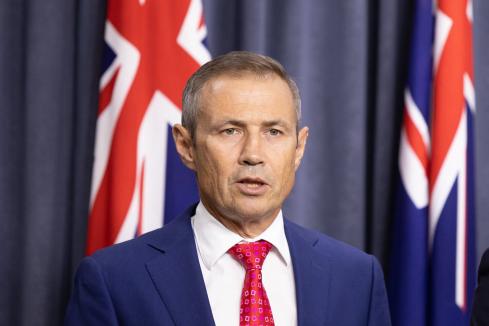As the debate continues from the state government’s recent decision on fracking, it is worth considering some of the potential projects that may proceed.

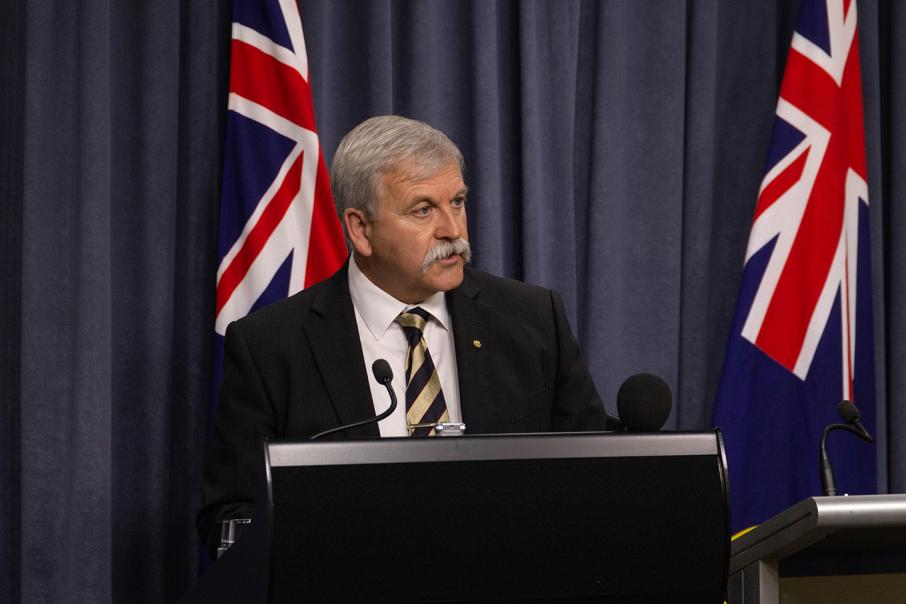
As the debate continues from the state government’s recent decision on fracking, it is worth considering some of the potential projects that may proceed.
Contained within his 500-page report into the risks of hydraulic fracturing, Environmental Protection Authority chair Tom Hatton has put aside a section detailing possible scenarios under which the practice could take place in Western Australia.
The report summarises submissions from three companies currently operating in the Canning Basin, which is one of the prospective areas where the fracking moratorium has been lifted.
A subsidiary of Japanese outfit Mitsubishi Corporation, MC Resources Australia has plans for a three-stage development at its Valhalla gas province.
The project would need a 500-kilometre pipeline from Valhalla to the Pilbara, with peak output forecast at 200 terajoules per day for 20 years, equating to about 20 per cent of the state’s domestic gas demand.
The gas field would require 16 pads (well sites) supporting 160 horizontal wells, with a stated field footprint of about 150 hectares.
ASX-listed Buru Energy also submitted designs for a two-stage development at Yulleroo, east of Broome.
The first stage would be a small-scale project on existing well pads, supplying gas to the local market for power generation and mineral processing.
The second stage forecasts construction of a pipeline to the Pilbara, and potentially the state’s South West, with production of 130TJ/day over 17 years.
This would require up to eight well pads each supporting 10 horizontal wells, with between two and 10 wells drilled and hydraulically fractured each year.
The estimated footprint for the project is about 100ha, including an expanded processing plant and a central water-handling facility.
West Perth-based Finder Exploration has plans for an oil and gas development in the Great Sandy Desert south of Broome.
In its submission, the company stated an aspiration to supply half of WA’s domestic gas needs, which would equate to about 600TJ/day.
Conceptual drawings reveal a total of 45 well sites supporting 360 wells developed over 20 years.
The report conservatively estimates land clearing of about 600ha for the project.
Within its submission, ASX-listed Beach Energy said the recently discovered Waitsia gas field, located in the Perth Basin, contains pressurised reserves that do not require fracture stimulation.
Despite its use in Australia for decades to hydraulically stimulate onshore oil and gas wells, fracking has received opposition from activist groups in recent years.
Much of the controversy has been for gas sourced in coal seams, which are generally close to the surface.
In WA, fracking is used in shale formations, which are generally significantly further underground.
Dr Hatton said emissions typically were about 10 per cent higher for fracking than with conventional oil and gas projects.
“There are slightly more intense greenhouse emissions from this approach [fracking],” he said.
The state government’s decision to lift the fracking moratorium on existing onshore petroleum titles, including in the Canning Basin, Mid West and Gascoyne regions, has received a mix response from industry.
A report released today by think tank The Australia Institute found unconventional gas development would bring limited economic benefits to WA.
TAI research director Rod Campbell said the research showed that fracking projects don’t create jobs.
“The gas industry employs less people per dollar of output than any other industry,” he said.
“In Queensland, there was a loss of 1.8 agricultural jobs for every new gas job created in rural areas.
“Gas jobs come at the cost of displacement of jobs in other industries.
“Indigenous job opportunities from fracking are also likely to be minimal, with an estimated increase of between three and 19 jobs for Indigenous people.
“Fracking is likely to generate little revenue for the state.”
The Chamber of Minerals and Energy of WA said the ban should have been lifted across the state.
CME WA chief executive Paul Everingham said that, given the scientific inquiry led by Dr Hatton concluded that the risks from hydraulic fracturing were low and could be managed with good regulation and industry best practice, it made little sense to keep the ban in place.
He said allowing hydraulic fracturing would place downward pressure on electricity and domestic gas prices and help WA households, manufacturing and other industries access affordable energy.
The Australian Petroleum Production & Exploration Association welcomed the decision.
“The independent scientific inquiry has confirmed that, properly regulated, hydraulic fracturing is a safe practice. Hydraulic fracturing has been used safely in WA since 1958,” APPEA chief executive Malcolm Roberts said.
“The inquiry shows there is no environmental or public health justification for maintaining the moratorium.
“The inquiry also rejects claims that onshore projects will mean a significant increase in emissions.”
The Wilderness Society said it was disappointed the ban would be lifted.
“Not permitting fracking on 98 per cent of WA territory looks good on paper but this 2 per cent represents an area close to 5.2 million hectares – the approximate size of Tasmania,” WA state director Kit Sainsbury said.
“Ironically a territory that has a 100 per cent judicial ban on fracking.
“Overall the inquiry has been too narrow in reviewing the full risks of unconventional gas fracking on our communities, health, environment and impacts on climate change which worries us enormously.”





